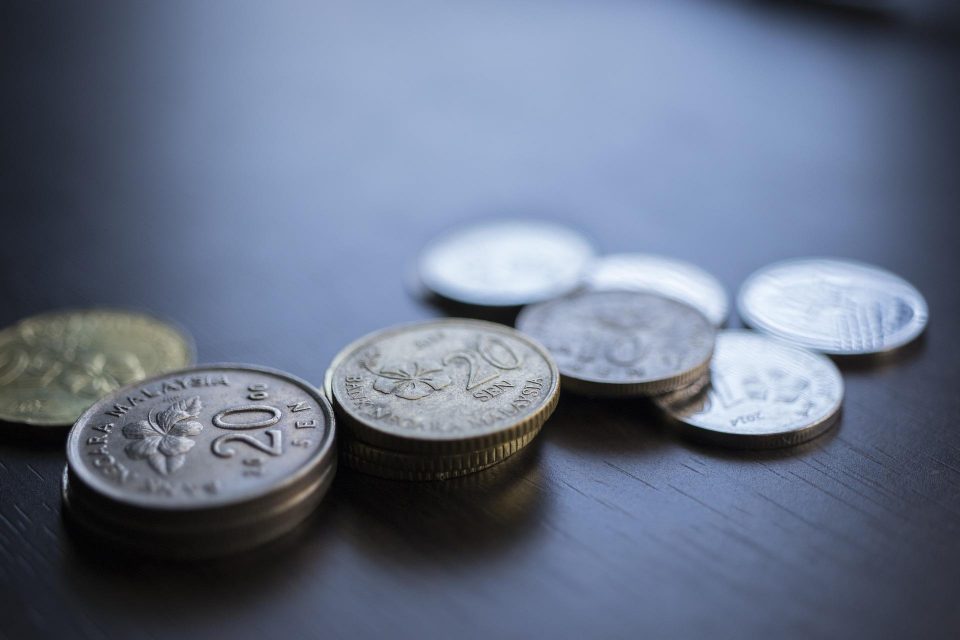KUALA LUMPUR, July 26 — The compensation of employees in Malaysia grew 6.5 per cent in 2022 and contributed 32.4 per cent of the Gross Domestic Product (GDP), said the Department of Statistics Malaysia (DOSM).
In a statement today following the release of Statistics of Malaysia’s Gross Domestic Product Income Approach for the year 2022, it said Malaysia’s 2022 GDP in nominal terms, valued at RM1.79 trillion, increased 15.7 per cent from 9.2 per cent in the previous year.
The statistics of the income approach towards GDP were generated from the production in the economy comprising three key components, namely Compensation of Employees (CE), Gross Operating Surplus (GOS), and Taxes less Subsidies on Production and Imports (Net taxes).
Chief Statistician Datuk Seri Mohd Uzir Mahidin said the expansion in GDP was propelled by the higher performance in GOS compared to CE.
He said GOS expanded 23.9 per cent (2021: 14.0 per cent), while CE grew 6.5 per cent (2021: 2.7 per cent).
“Hence, the share of CE to GDP decreased to 32.4 per cent as against 35.1 per cent in 2021, while GOS strengthened its contribution to 67.0 per cent (2021: 62.6 per cent).
“The remaining component was contributed by Net taxes, which accounted for 0.6 per cent as compared to 2.3 per cent of GDP in 2021,” Mohd Uzir said.
The CE component, which encompasses the remuneration received by employees for their labour services provided in the production of goods and services, was driven by the services and manufacturing sectors.
“CE in the services sector expanded 5.6 per cent (2021: 1.7 per cent), which was supported by better growth in all sub-sectors, mainly wholesale and retail trade, food and beverage and accommodation.
“In the manufacturing sector, CE grew 8.6 per cent (2021: 8.1 per cent), attributed to the electrical, electronic and optical products.
“Furthermore, CE in construction, mining and quarrying grew by nine per cent (2021: -3.4 per cent) and 10.3 per cent (2021: 5.1 per cent), respectively,” he said.
Meanwhile, CE in the agriculture sector rebounded 2.3 per cent from a contraction of 1.4 per cent in 2021.
Mohd Uzir said the services sector continued to be the largest contributor to the overall CE, amounting to 62.2 per cent, followed by the manufacturing sector, which accounted for 24.1 per cent.
“Both sectors contributed 86.3 per cent of CE in 2022. The remaining CE was contributed by the construction and agriculture sectors, which represented 8.1 per cent and 3.6 per cent, respectively.
“The mining and quarrying sector made up 2.1 per cent of the CE in 2022,” he said.
GOS increased 23.9 per cent from 14.0 per cent in 2021, spearheaded by growth in the services and manufacturing sectors.
Mohd Uzir said GOS in the services sector grew at the fastest rate of 20.7 per cent (2021: 4.0 per cent), driven by growth in wholesale and retail trade, food and beverage and accommodation sub-sector.
“GOS in the manufacturing sector expanded to 26.2 per cent (2021: 22.0 per cent) following an upswing in all sub-sectors, primarily petroleum, chemical, rubber and plastic products.
“The GOS of the construction, mining and quarrying sectors increased by 37.8 per cent (2021: 0.6 per cent) and 47.9 per cent (2021: 28.8 per cent), respectively.
“This was followed by the GOS of the agriculture sector, which improved 10.2 per cent from 38.8 per cent in the previous year,” he said.
In terms of share, Mohd Uzir said the services sector substantially contributed to the overall GOS, amounting to 50.0 per cent in 2022, followed by the manufacturing sector, with a share of 23.5 per cent of the GOS.
The mining and quarrying, and agriculture sectors accounted for 13.3 per cent and 11.6 per cent, respectively. For the construction sector, it formed 1.6 per cent of GOS in 2022.
The income received by the government in the form of Net taxes experienced a decline in its share, with 0.6 per cent of the total economy owing to higher subsidies than tax collection on production and imports in 2022.
“Taxes on production and imports increased 23.8 per cent, while subsidies recorded a remarkable growth of 134.4 per cent in response to the government’s measures to ease inflation and ongoing economic recovery efforts.
“Hence, the net taxes component further declined by 69.2 per cent in 2022, as against a decrease of 7.4 per cent in 2021,” he said.
Data showed that compared to selected countries in the South East Asia region; namely Thailand, Philippines and Singapore, Malaysia has a larger share of GOD than CE in GDP.
“In contrast, developed countries such as the United States (US), Canada and several European countries demonstrated a greater contribution of CE compared to GOS. The CE constituted more than 50.0 per cent of GDP in the US (53.0 per cent), Canada (50.6 per cent), United Kingdom (52.9 per cent) and Germany (52.3 per cent),” Mohd Uzir said.
— Bernama





